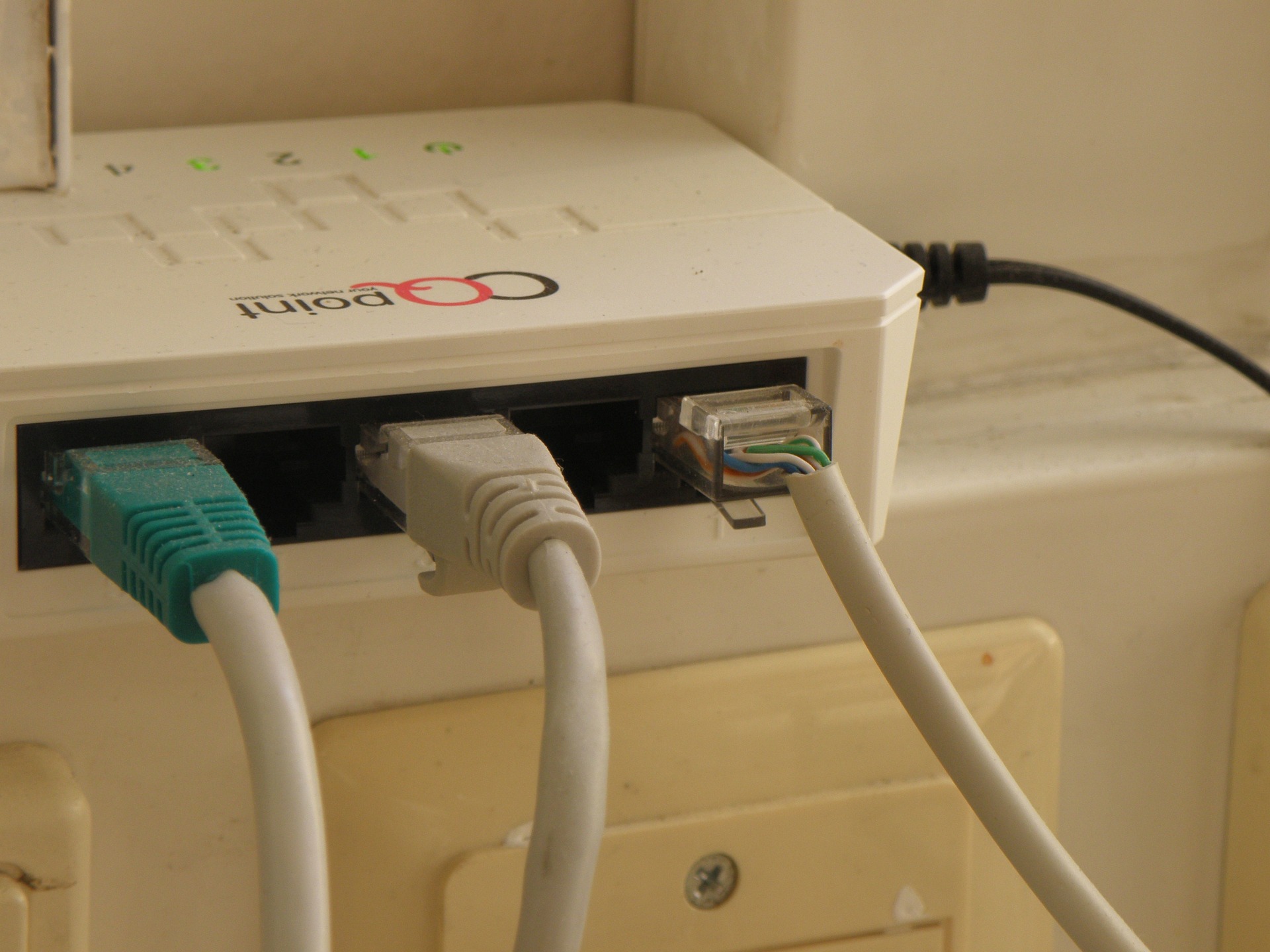Accelerating Connectivity: The Telecommunication Industry's Tryst with Millimeter-Wave Technology
In the ceaseless pursuit of better connectivity, the telecommunications industry is exploring new frontiers. Let's dive into the fascinating world of millimeter-wave technology, an untapped spectrum with immense potential for improving wireless communication.

Unlocking the Spectrum: A Historical Overview
The story of millimeter-wave technology, also known as extremely high-frequency (EHF) waves, begins in the mid-20th century. Initially used for radar and satellite communications, it was only in the late 1990s that researchers began to investigate its potential for broader telecommunications applications. The journey from there to the current day has been marked by numerous advancements and challenges, shaping the role of millimeter waves in the global telecom landscape.
Millimeter Waves Today: Trends and Insights
Today, millimeter-wave technology is at the forefront of telecommunications innovation. Despite its limited range and susceptibility to interference, it offers unprecedented bandwidth, enabling faster data transmission and reduced latency. Telecom companies worldwide are experimenting with this technology, integrating it into their services for enhanced user experiences.
Millimeter-wave Technology: A Deeper Dive
The impact of millimeter-wave technology on the telecom industry cannot be overstated. It has the potential to revolutionize wireless communication, providing the high-speed, low-latency connectivity needed for advanced applications like autonomous vehicles and virtual reality. However, the technology also presents significant challenges, most notably its short transmission range and vulnerability to environmental interference.
Research and Development: Debunking the Myths
Behind every technological breakthrough, there is rigorous research and development. For millimeter-wave technology, this involves overcoming the inherent limitations of the EHF spectrum and finding practical ways to harness its potential. Current research focuses on improving transmission range and signal strength, developing more efficient antenna designs, and devising innovative ways to mitigate interference.
Looking Ahead: Millimeter Waves and the Future of Connectivity
The future of millimeter-wave technology in telecommunications is promising, yet uncertain. While its potential is undeniable, realizing it requires overcoming significant hurdles. Nevertheless, the telecom industry’s pursuit of better connectivity will undoubtedly propel millimeter-wave technology to new heights.
In the dynamic world of telecommunications, millimeter-wave technology is a powerful catalyst for change. As the industry races towards the next big breakthrough, the EHF spectrum will undoubtedly play a crucial role, heralding a new era of connectivity.





